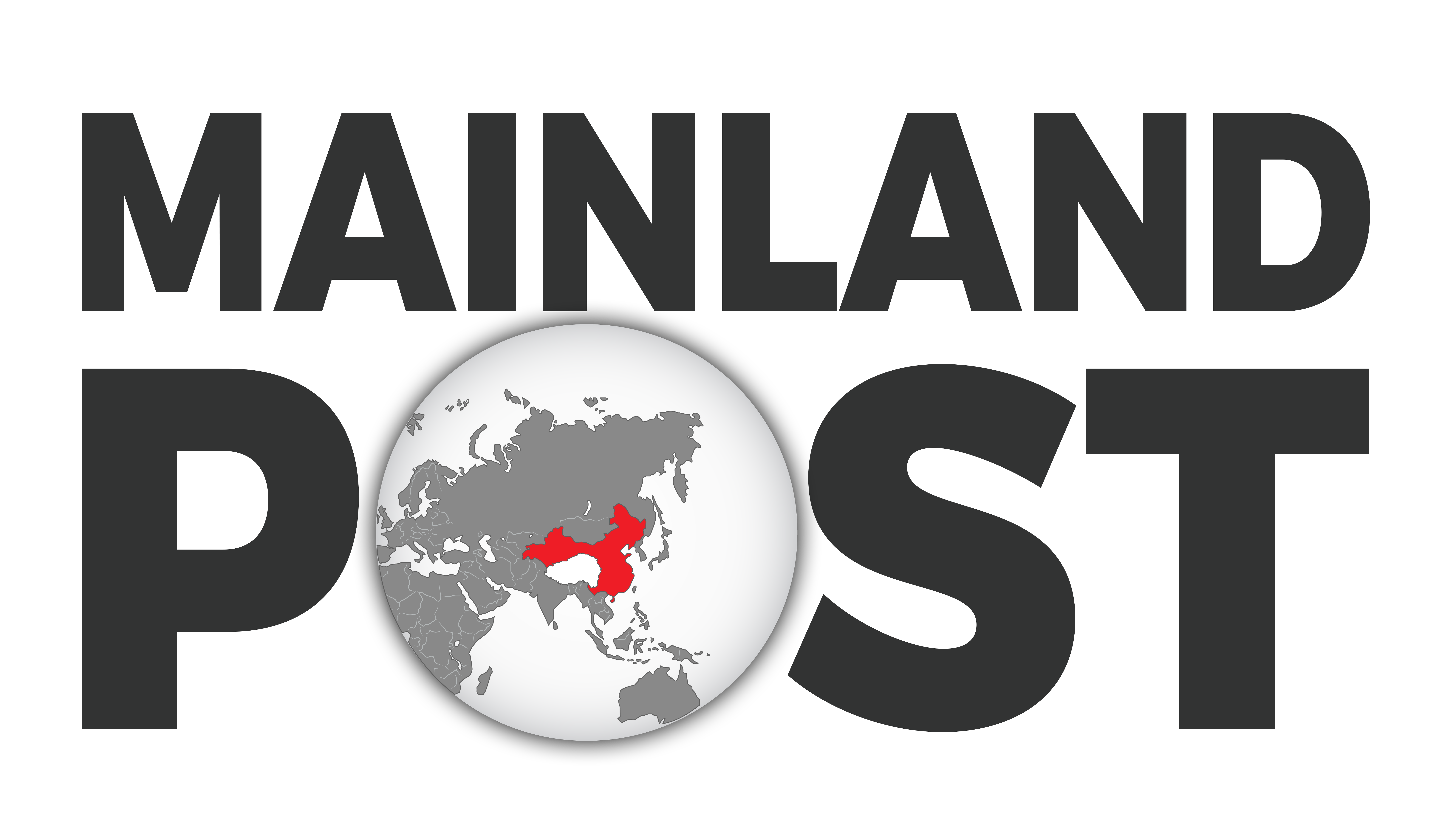Trending Now
LATEST NEWS
Articles & Factchecks
September 9, 2025 marks 60 years since China formally established the so-called “Tibet Autonomous Region” (TAR), which covers only about half of Tibet. Chinese state media celebrates, but Tibetans have little to rejoice about.
The Lost Tibetan Guge Kingdom was no ordinary polity. It was a spiritual citadel, a cradle of renaissance, and a forgotten bridge between Tibet, India, and the sacred heart of the Himalayas. Towering from the windswept cliffs of western Tibet, Guge once served Gang Rinpoche (Mount Kailash) not merely as a neighbor, but as its steward and protector.
Thirty-five years ago, on June 4, 1989, Beijing’s Tiananmen Square became the site of a state-sanctioned massacre. What began as a peaceful student-led movement calling for democracy, transparency, and basic freedoms ended in bloodshed under the treads of Chinese tanks and the gunfire of the People’s Liberation Army.
On May 17, 1995, the Chinese government abducted a six-year-old Tibetan boy, Gedhun Choekyi Nyima, just three days after His Holiness the 14th Dalai Lama officially recognized him as the 11th Panchen Lama—the second-highest spiritual authority in Tibetan Buddhism. Since that day, he has not been seen in public. Tomorrow marks 30 years of his disappearance, and still, the world waits for answers.
If China truly "liberated" Tibetans, one must ask why so many chose to flee into exile rather than embrace their so-called freedom. In 1959, following the suppression of the Lhasa Uprising, the Dalai Lama and tens of thousands of Tibetans escaped to India, fearing persecution. This was not the action of a people freed from oppression, but of a nation resisting foreign domination.
The city of Ghulja, East Turkestan (officially called Yining, Xinjiang by China), became a battleground on February 5, 1997. Thousands of peaceful Uyghur demonstrators took to the streets to demand justice, freedom, and an end to religious and cultural repression. The response? Brutal violence from Chinese security forces, mass arrests, and the cold-blooded killing of innocent people. Today, on its 28th anniversary, we remember the lives lost and the crimes the Chinese Communist Party (CCP) has tried to erase from history.
On that bitter winter morning, thousands of Uyghurs gathered in the streets of Ghulja, chanting for freedom and equal rights. The Chinese authorities had long been suffocating Uyghur culture—banning traditional meshrep gatherings and arresting religious leaders under fabricated charges of "separatism."
On February 5, 1997, the Chinese government unleashed brutal violence on peaceful Uyghur demonstrators in the city of Ghulja (Yining), East Turkestan (Xinjiang). What began as a non-violent protest for equal rights, religious freedom, and an end to racial discrimination quickly turned into one of the bloodiest crackdowns on Uyghurs in modern history.
Subscribe
Most Popular
Exposing Propaganda and Fact-Checking Puran Chettri’s Misleading Narrative
In the realm of geopolitics and international relations, the Tibet-China dispute remains a focal point, particularly regarding the Dalai Lama's role and influence. Puran Chettri's article titled "The Dalai Lama’s Trip to the US is to Prepare for the Transfer of Assets and the Recognition of the 15th Dalai Lama" which was published on Storify (website) is a deeply misleading piece, laced with speculative claims, and unsubstantiated narratives. This article aims to reveal Mr. Chettri’s misleading assertions, expose the underlying propaganda, and highlight how such writings serve to undermine Tibetan-Indian relations while aligning suspiciously with Chinese Communist Party (CCP) propaganda.
Debunking China’s distorted historical claims over Tibet
The events of 2023 have recently intensified the debate over China’s claims over Tibet and its legality. It’s of no surprise that the Peoples...
China is a Parasite to Tibet
Tibet is the homeland of the Tibetan people. Also, residents on the plateau are some other ethnic groups. Tibet has a unique country with...
China Intensifies Crackdown on Tibetan Monastic Schools, Forces Students Into State Control
In yet another move to tighten its grip over Tibetan culture and identity, China has forcibly relocated approximately 200 students from the Lhamo Kirti Monastery school in Amdo (present-day Sichuan province) to state-administered residential schools. This controversial action is part of Beijing's wider strategy to control Tibetan education and assimilate Tibetan identity, according to intelligence sources.
China’s actual war preparations vs what it projects.
China Masquerading War Backfiring?
Is China truly prepared for war despite its military impotence and glaring weaknesses?
It’s no secret that China has been looming the...
The Fourth of June Incident: A Turning Point in Chinese History
Highly sensitive topics in China
Tiananmen Square is a public square in China’s city of Beijing. It has witnessed great cultural significance as it...
China’s Policy of Cultural Genocide in Tibet
Since the Chinese occupation of Tibet in 1959, the CCP has continuously engaged in a consistent effort over 60 years to replace Tibetan culture...
Tibet’s importance in Central Asia
Tibet is the world’s highest and largest plateau, covering an area of 2.5 million square kilometers, with an average elevation of more than 4,000...
China’s Presence in the Solomon Islands: Analyzing its Impacts
The Solomon Islands, a nation known for its diverse cultural heritage and breathtaking landscapes, has experienced significant social and economic changes due to China's...
Power Struggles and Purges: Xi Jinping’s Brutal Crackdown on Top Chinese Officials
In recent months, China has witnessed an unsettling trend of high-profile disappearances and dismissals among its top government officials. This pattern, characterized by sudden vanishing acts, forced resignations, and harsh prison sentences on seemingly trumped-up charges, underscores a deeper power struggle within the Communist Party under Xi Jinping’s leadership. The developments hint at a regime increasingly reliant on manipulative and dictatorial tactics to maintain control.





























